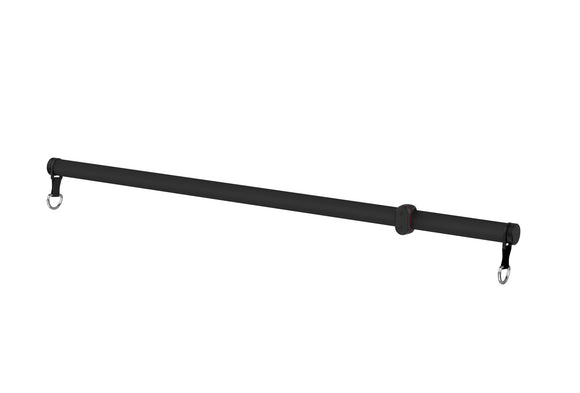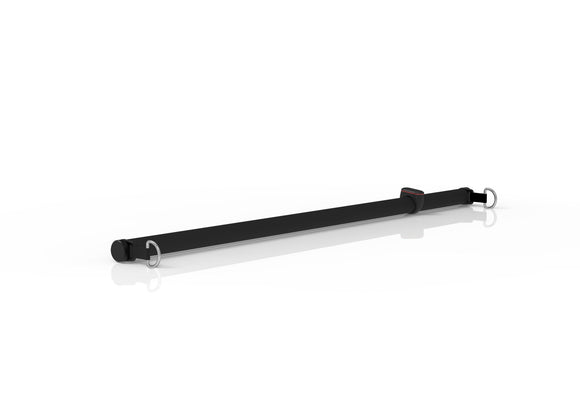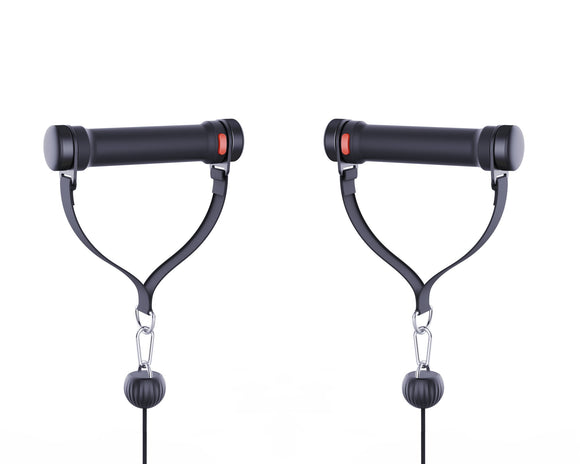Understanding the different aspects of fitness, such as hypertrophy, strength gains, functional strength, weight resistance, and the use of free weights, is essential for anyone looking to improve their physical fitness and overall health. This comprehensive guide will delve into hypertrophy training programs for beginners, the science behind hypertrophy and muscle growth, the differences between hypertrophy and strength training, how to track your strength gains, exercises for maximum strength gains, the best foods for strength gains, functional strength training for athletes, the benefits of functional strength exercises, functional strength workouts at home, weight resistance exercises for beginners, how to use weight resistance bands, the benefits of weight resistance training, the comparison between free weights and machines for muscle growth, the best free weight exercises for beginners, and how to use free weights at home.
Hypertrophy
Hypertrophy refers to the increase in muscle size achieved through specific types of resistance training.
Hypertrophy Training Program for Beginners
For those new to hypertrophy training, a structured program is essential. Here's a sample hypertrophy training program:
Week 1-4:
-
Day 1: Chest and Triceps
- Bench Press: 4 sets of 8-12 reps
- Incline Dumbbell Press: 3 sets of 10-12 reps
- Chest Flyes: 3 sets of 12-15 reps
- Tricep Dips: 3 sets of 10-12 reps
- Tricep Extensions: 3 sets of 12-15 reps
-
Day 2: Back and Biceps
- Pull-Ups: 4 sets of 8-12 reps
- Bent-Over Rows: 3 sets of 10-12 reps
- Lat Pull-Downs: 3 sets of 12-15 reps
- Bicep Curls: 3 sets of 12-15 reps
- Hammer Curls: 3 sets of 12-15 reps
-
Day 3: Legs and Shoulders
- Squats: 4 sets of 8-12 reps
- Deadlifts: 3 sets of 8-12 reps
- Leg Press: 3 sets of 10-12 reps
- Shoulder Press: 3 sets of 10-12 reps
- Lateral Raises: 3 sets of 12-15 reps
Science Behind Hypertrophy and Muscle Growth
Muscle hypertrophy occurs when the muscle fibers increase in size. This growth is stimulated by resistance training, which causes micro-tears in the muscle fibers. The body repairs these tears during recovery, leading to an increase in muscle size. The key factors influencing hypertrophy are mechanical tension, muscle damage, and metabolic stress.
Hypertrophy vs Strength Training
While hypertrophy focuses on increasing muscle size, strength training aims to enhance the ability to produce force. Hypertrophy training typically involves higher rep ranges (8-12 reps) with moderate weights, whereas strength training uses lower rep ranges (1-5 reps) with heavier weights. Both forms of training are essential for a well-rounded fitness regimen.
Strength Gains
Tracking and optimizing strength gains is crucial for continual progress in your fitness journey.
How to Track Your Strength Gains
Tracking strength gains involves monitoring your progress in lifting heavier weights over time. Here are some methods:
- Keep a Workout Log: Record the weights, sets, and reps for each exercise.
- Regular Testing: Periodically test your one-rep max (1RM) for key lifts like squats, deadlifts, and bench presses.
- Use Technology: Apps and fitness trackers can help you monitor your progress and identify trends.
Exercises for Maximum Strength Gains
Compound exercises are the most effective for building strength. Here are some key exercises:
- Squats: Engage multiple muscle groups, including the quadriceps, hamstrings, and glutes.
- Deadlifts: Target the entire posterior chain, including the lower back, glutes, and hamstrings.
- Bench Press: Focus on the chest, triceps, and shoulders.
- Pull-Ups: Strengthen the back, shoulders, and arms.
Best Foods for Strength Gains
Nutrition plays a vital role in strength gains. Here are some top foods:
- Lean Proteins: Chicken, turkey, fish, and lean beef provide essential amino acids for muscle repair.
- Complex Carbohydrates: Oats, quinoa, sweet potatoes, and brown rice offer sustained energy for workouts.
- Healthy Fats: Avocados, nuts, seeds, and olive oil support hormone production and overall health.
Functional Strength
Functional strength training focuses on exercises that improve your ability to perform everyday activities and sports-specific movements.
Functional Strength Training for Athletes
Athletes benefit from functional strength training as it enhances performance and reduces the risk of injury. Key exercises include:
- Single-Leg Deadlifts: Improve balance and unilateral strength.
- Medicine Ball Throws: Enhance explosive power.
- Farmer's Walk: Strengthen grip, core, and overall stability.
Benefits of Functional Strength Exercises
Functional strength exercises offer several benefits:
- Improved Mobility: Enhance the range of motion in joints.
- Better Balance and Coordination: Reduce the risk of falls and injuries.
- Enhanced Core Stability: Support overall strength and posture.
Functional Strength Workouts at Home
You can perform functional strength workouts at home with minimal equipment. Here’s a sample routine:
- Bodyweight Squats: 3 sets of 15 reps
- Push-Ups: 3 sets of 15 reps
- Plank: 3 sets of 60 seconds
- Lunges: 3 sets of 12 reps per leg
- Bicycle Crunches: 3 sets of 20 reps
Weight Resistance
Weight resistance training involves using weights to create resistance against muscle contraction, leading to increased strength and hypertrophy.
Weight Resistance Exercises for Beginners
Beginners should start with basic weight resistance exercises to build a strong foundation. Here are some exercises:
- Dumbbell Bicep Curls: 3 sets of 12 reps
- Tricep Dips: 3 sets of 12 reps
- Shoulder Press: 3 sets of 12 reps
- Leg Press: 3 sets of 12 reps
How to Use Weight Resistance Bands
Resistance bands are versatile and effective for strength training. Here’s how to use them:
- Band Squats: Stand on the band with feet shoulder-width apart, hold the handles, and perform squats.
- Band Rows: Anchor the band, grab the handles, and pull towards your body, mimicking a rowing motion.
- Band Presses: Anchor the band behind you, hold the handles, and press forward like a chest press.
Weight Resistance Training Benefits
Weight resistance training offers numerous benefits:
- Increased Muscle Strength: Builds muscle mass and enhances overall strength.
- Improved Bone Density: Weight-bearing exercises promote bone health.
- Enhanced Metabolism: Increases resting metabolic rate, aiding in weight management.
Free Weights
Free weights, such as dumbbells and barbells, are essential tools for strength training.
Free Weights vs Machines for Muscle Growth
Free weights and machines both have their place in a workout routine. Free weights offer several advantages:
- Engage Stabilizer Muscles: Require more balance and coordination, activating additional muscles.
- Greater Range of Motion: Allow for more natural movement patterns.
- Versatility: Can be used for a wide variety of exercises.
Best Free Weight Exercises for Beginners
Beginners should focus on fundamental movements to build a solid foundation. Here are some exercises:
- Dumbbell Bench Press: 3 sets of 12 reps
- Dumbbell Rows: 3 sets of 12 reps
- Goblet Squats: 3 sets of 12 reps
- Dumbbell Deadlifts: 3 sets of 12 reps
How to Use Free Weights at Home
Free weights are versatile and can be used effectively at home. Here’s a simple routine:
- Dumbbell Squats: 3 sets of 12 reps
- Dumbbell Press: 3 sets of 12 reps
- Dumbbell Rows: 3 sets of 12 reps
- Dumbbell Curls: 3 sets of 12 reps
Vind vergelijkbare artikelen
Benefits of Functional Strength ExercisesBest Foods for Strength GainsBest Free Weight Exercises for BeginnersExercises for Maximum Strength GainsFree WeightsFree Weights vs Machines for Muscle GrowthFunctional StrengthFunctional Strength Training for AthletesFunctional Strength Workouts at HomeHow to Track Your Strength GainsHow to Use Free Weights at HomeHow to Use Weight Resistance BandsHypertrophyHypertrophy Training Program for BeginnersHypertrophy vs Strength TrainingScience Behind Hypertrophy and Muscle GrowthWeight Resistance Training BenefitsSmart Home Gym
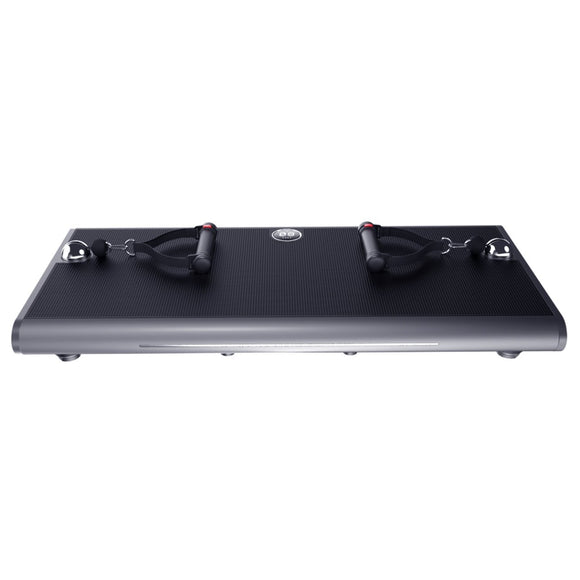

INNODIGYM P1 MAX


INNODIGYM P1 PLUS
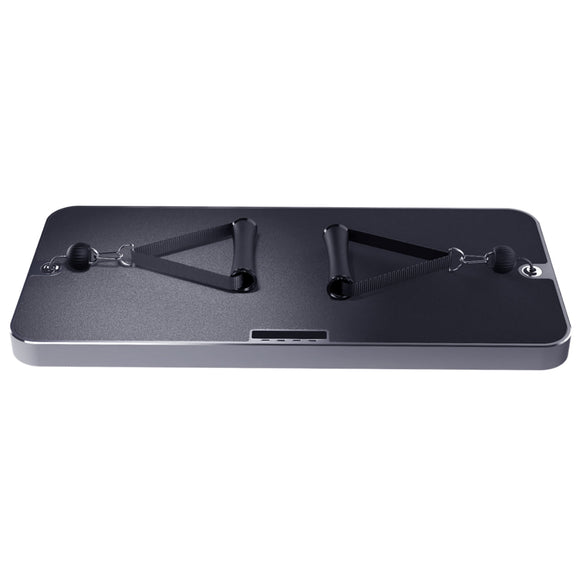

INNODIGYM P1 LITE

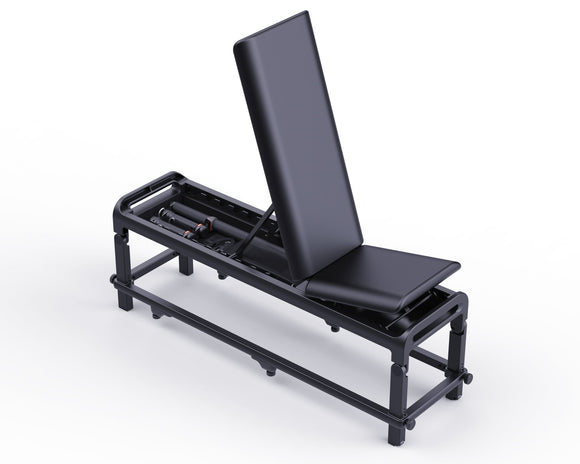
INNODIGYM BENCH
Smart Home Gym Accessories
